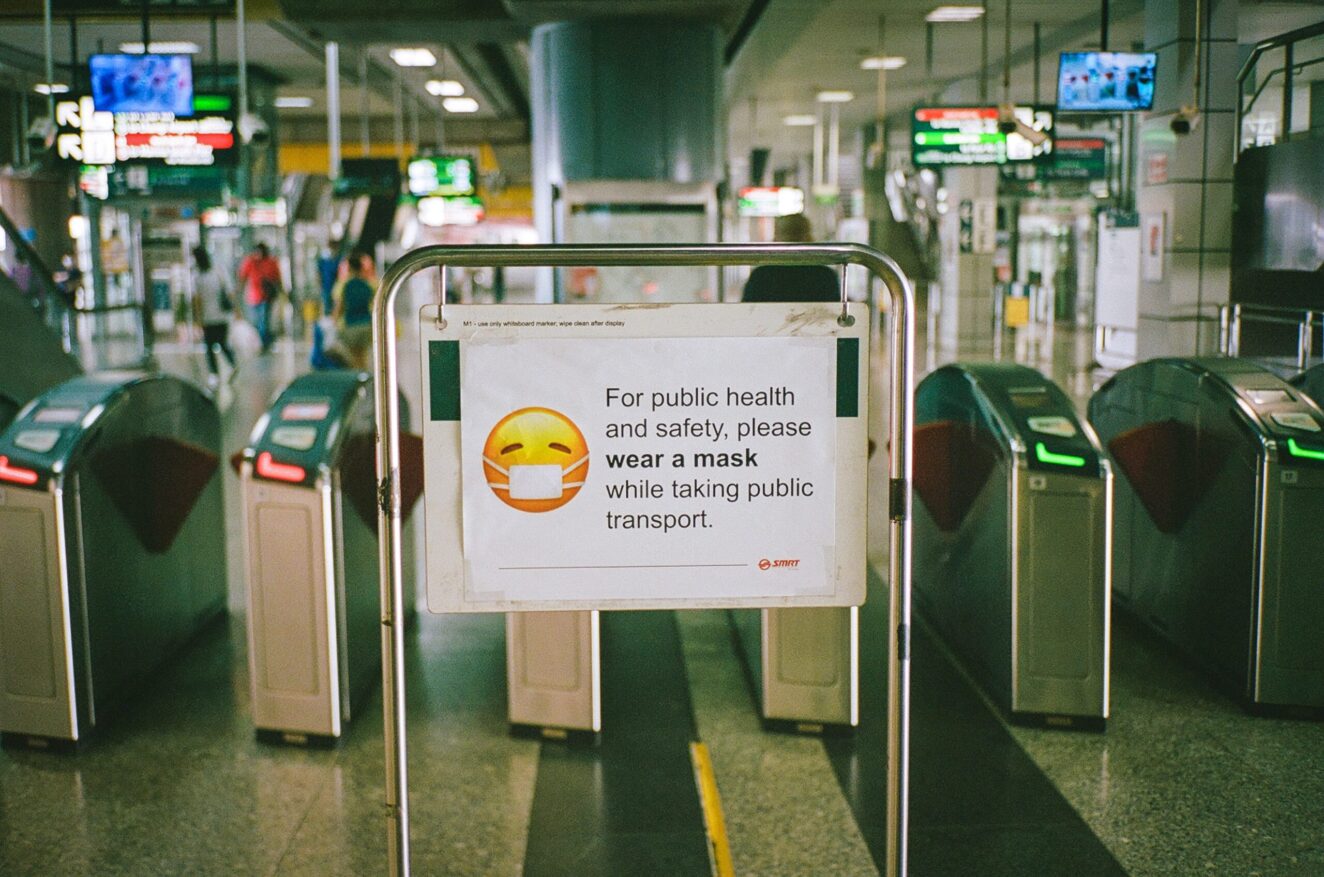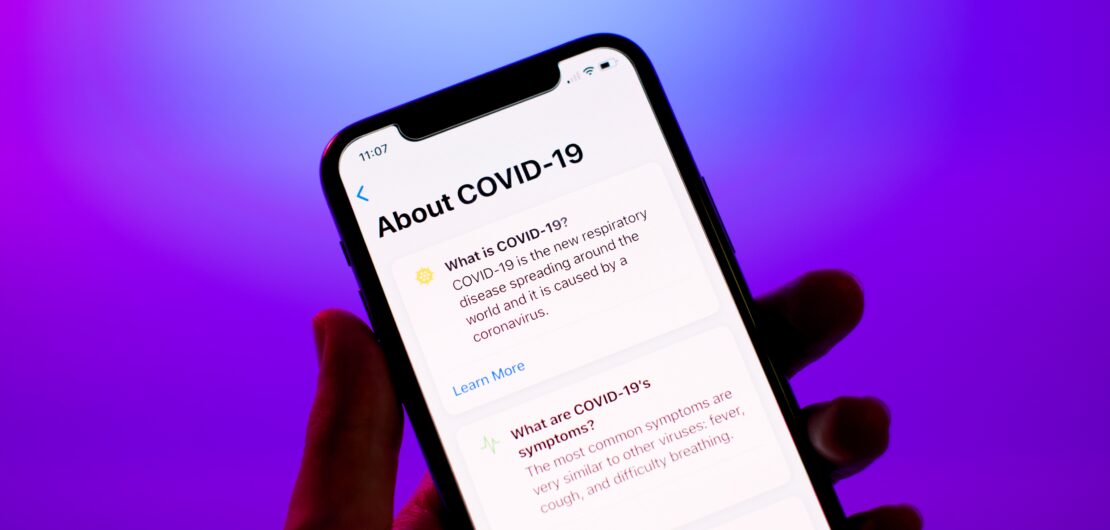The novel coronavirus COVID-19 was declared a pandemic by the World Health Organization on March 11, and as the infection rate continues to rise globally, staying informed is key. On that note, here’s a brief sum-up of the situation.
What is COVID-19? What are its symptoms, and how does it spread?
COVID-19 is a viral infection caused by the coronavirus, a family of viruses that affects the respiratory functions in humans. It was first identified in Wuhan, China and has since spread to nearly every part of the world. It is similar to SARS –Severe Acute Respiratory Syndrome that occurred in 2002, and MERS- Middle East Respiratory Syndrome that initially surfaced in 2012.

The most noticeable symptoms of the novel coronavirus are fever, fatigue, dry cough, and shortness of breath. Other symptoms could include aches, sore throat, runny nose, or diarrhoea. Although the symptoms are mild, it could escalate to pneumonia and kidney failure in severe conditions.
Widespread panic often leads/adds to misinformation, so let’s correct that now. The novel coronavirus can spread through close contact with an infected person or through respiratory droplets when the infected sneezes or coughs. It is also possible to contract the virus by touching your face after touching surfaces/objects contaminated by the virus. It is NOT airborne and there is no evidence to support the claim as of yet.
Okay, we know what it is and how it spreads. So, what’s going on in Singapore?
Singapore has been praised for its swift response to its neighbour’s growing epidemic. With considerably low numbers, the country began taking active travel restrictions in January; by restricting travel to and from Wuhan, compulsory medical screenings at airports, and imposing 14-day quarantine periods for travellers from neighbouring SEA countries, Singapore has been able to contain its spread to an extent. Through strong community engagement, the Singapore government has maintained a transparent front with the active implementation of preventive measures. The country’s infection rate is also lesser than other countries despite its close proximity to mainland China.

This isn’t the country’s first time dealing with an epidemic. Affected by the SARS outbreak in 2002-2003, Singapore has since prepared itself for such unforeseen events. By February, they had warned citizens of the effect the outbreak will have on social and economic activities and emphasised good hygienic practices. As of recent, Singapore has confirmed 631 cases of COVID-19 and is expecting a rise in the number of imported cases as many Singaporeans are returning home.
Does this mean I can’t travel?
The travel industry has taken a hit everywhere, and Singapore is no exception. As countries continue to close off from the world in an attempt to contain the spread, travel restrictions have been imposed. According to the Singapore travel advisory, no short-term travellers from anywhere are henceforth permitted entry or transit with effect on March 23. This also extends to work pass holders; work-pass holders (and their dependents) who work for essential services will be allowed entry. Permanent residents will also be allowed back into the country with 14-day Stay-Home notice.
Taking a new direction aimed at easier contact-tracing, the Immigration and Checkpoints Authority (ICA) announced that travellers (including citizens and permanent residents) arriving in Singapore from March 27 will have to submit an electronic health declaration before proceeding with immigration clearance. The expected date of submission is ideally three days before they travel. They will be notified of this prior to entering the country and will be sent an acknowledgement email after submission of the health declaration. On arrival, travellers are expected to show the email to the ICA officers to clear immigration.
Travellers will also be warned of the penalties they will face if they fail to follow the 14-day stay-at-home order. Not complying with the notice may be fined up to S$10,000 and/or jailed up to six months. Other penalties can include shortening the validity or complete revocation of passes that allow their stay.
Now that you know what’s going on, here are some precautionary tips you need to follow:

- It’s important to stay in good health whether you’re travelling or not. Stay hydrated, eat and sleep well, and practice good personal hygiene. The last one is an absolute must!
- Other than essential travel, staying at home is the best preventive measure. If you must get out, wear a mask and make sure to keep a one arm’s distance from people. Also, carry a hand sanitiser with at least 60 per cent of alcohol content,
- Practise coughing etiquette; use a disposable tissue or cough/sneeze into the nook of your elbow. If you are unwell or show mild symptoms, for your safety and others’, stay at home!
- Avoid touching your face and limit yourself from touching objects/surfaces. If necessary, disinfect the object/surface and wash your hands,
- Make a habit of washing your hands regularly for 20 seconds.
At present, there is no specific vaccine or treatment for COVID-19, though many ongoing clinical trials are evaluating potential treatments. The rapid increase in cases worldwide has forced most countries to execute lockdowns, home quarantines, social distancing and travel restrictions. Along with the efforts of healthcare workers that are fighting on the frontlines, it is our duty to help them as best we can. In following the instructions given, let’s work together (mostly by staying at home!) to overcome this crisis.



